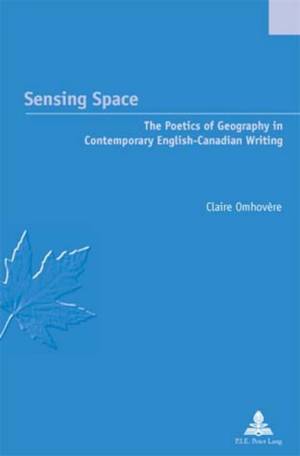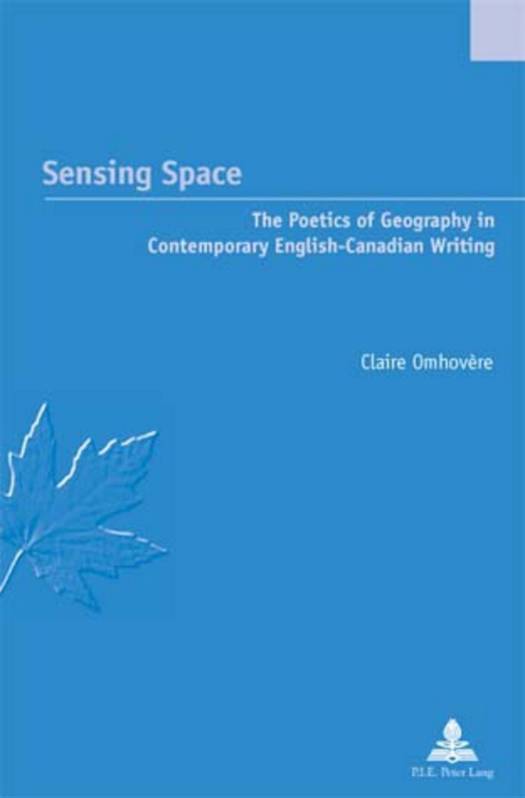
- Afhalen na 1 uur in een winkel met voorraad
- Gratis thuislevering in België vanaf € 30
- Ruim aanbod met 7 miljoen producten
- Afhalen na 1 uur in een winkel met voorraad
- Gratis thuislevering in België vanaf € 30
- Ruim aanbod met 7 miljoen producten
Zoeken
€ 84,95
+ 169 punten
Omschrijving
This book enlarges the perspective of literary geography which tends to focus on the correspondence between the objective world the geographer addresses and its subjective rendering in art. Instead it considers how geography informs fresh aesthetic responses to space in contemporary Canadian literature, with specific attention to the writings of Alistair MacLeod, Jane Urquhart, Anne Michaels, Aritha van Herk, Rudy Wiebe, Robert Kroetsch and Thomas Wharton. This broadening leads to a series of interrogations: what blanks in conventional landscape writing does physical geography fill, and how? Where does the efficiency of geography lie beyond its scientific accuracy or descriptive relevance? Pondering the role of geography in a work of art therefore amounts to considering what makes geography work as art - is there such a thing as a poetics of geography? Because the place of the writer and the representation of space remain two central concerns in Canadian writing, the texts under scrutiny help elucidate the critical role performed by the «geographical imagination, » a phrase used by theoreticians as diverse as Edward Said, Edward Soja or Derek Gregory, in the fabrication of symbolic ties between Canadians and the land they have come to share.
Specificaties
Betrokkenen
- Auteur(s):
- Uitgeverij:
Inhoud
- Aantal bladzijden:
- 190
- Taal:
- Engels
- Reeks:
- Reeksnummer:
- nr. 11
Eigenschappen
- Productcode (EAN):
- 9789052010533
- Verschijningsdatum:
- 16/07/2007
- Uitvoering:
- Paperback
- Formaat:
- Trade paperback (VS)
- Afmetingen:
- 150 mm x 220 mm
- Gewicht:
- 279 g

Alleen bij Standaard Boekhandel
+ 169 punten op je klantenkaart van Standaard Boekhandel
Beoordelingen
We publiceren alleen reviews die voldoen aan de voorwaarden voor reviews. Bekijk onze voorwaarden voor reviews.











